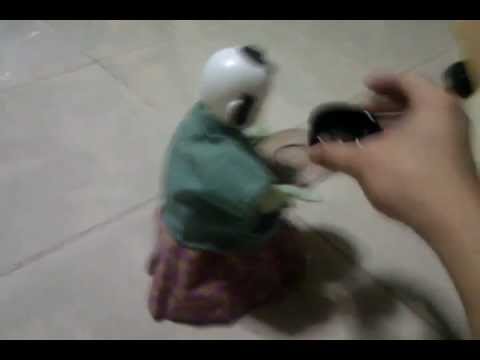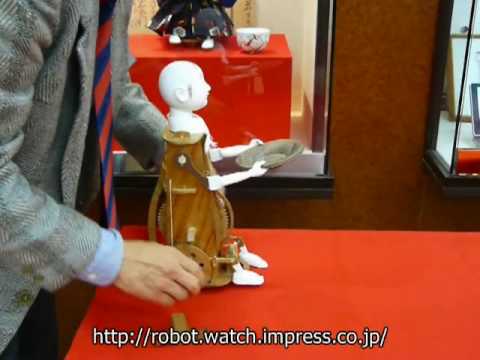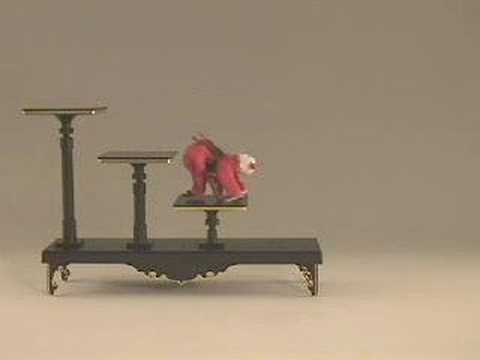Karakori Ningyo - Robots made of wood and strings
Remember my excitement upon discovering the book "Robots and Drones"?
I think a great deal of my enthusiasm (apart from the excellent and thought-provoking explanations) arose from the examples of creative uses for simple mechanical ideas that were presented in the book, as well as their development throughout history.
I felt like I had found my bible of toy mechanics. It was clear to me that I would come back to explore each of the people and inventions mentioned in the book.
Today, I bring you the "Karakuri Ningyo" - robots that were created in the 17th century for entertainment purposes only.
In Japanese, "Karakuri" is a name for something mechanical that contains an element of surprise or a trick, while "Ningyo" refers to a figure or a doll.
One creation in the book that piqued my curiosity is a figure that passes between a host and their guest, holding a serving plate with a cup of tea on it.
When the guest lifts the cup from the serving plate, the figure "feels" it and stops.
When the guest places the cup back on the designated plate, the figure begins to move again, turns, and returns to the host for another pour.
This is how it looks when the mechanism is exposed:
How does It work?
The mechanism consists of a series of gears, rods, and levers, making it completely mechanical.
The motion is not generated by a motor and does not require a battery for power.
The energy to start the motion is obtained either by stretching a spring (as in the tea server) or, in some cases (like in the next video), by using gravity and the flow of liquids from one side to the other.
So how did it all begin?
The origin of these wonderful dolls is in Japan.
They gained popularity during the years 1603-1867, a period called the "Edo period."
The mechanical principles and technology on which the dolls are based came from the West, specifically from the developing watchmaking industry with its complex and delicate mechanical systems.
The Japanese adopted these techniques just before isolating themselves from the rest of the world.
Following this isolation, each culture continued to develop the technology and its playful uses, resulting in products with distinct characters and appearances (I promise to write about the evolution of Western automata in future posts).
Karakuri Ningyo are characterized by imitating complex human movements, paying attention to the smallest nuances, delicacy, and the seamless flow from one movement to another.
Japan's isolation also greatly influenced the materials used in making the dolls, primarily wood, bamboo, and string.
Karakuri today
There aren't many Karakuri Ningyo builders still working today, and most of them come from a long line of Karakuri builders.
The variety of materials used to build the dolls has expanded, and you can now see the use of different metals in addition to the traditional materials.
In the video below, a modern Karakuri builder showcases his way of working.
I highly recommend watching the English-narrated video by the Japanese broadcasting corporation NHK, which explains, in a simple and fascinating way, some of the common mechanisms in Karakuri dolls and how they work.
The link will open in a separate window, so don't forget to come back here after viewing. Click here for the video.
It seems that these fascinating dolls created the initial connection between the Japanese people and robots, a connection that continues to develop even to this day.
Closure
Another fascinating anecdote is that, despite the advancement and computerization of today's robots, there is a growing trend in which engineers in modern factories draw inspiration from the mechanical operating principles of these ancient dolls.
They incorporate these principles in the planning and construction of new industrial facilities that have the remarkable advantage of not consuming any electricity.
I find this truly exciting.



